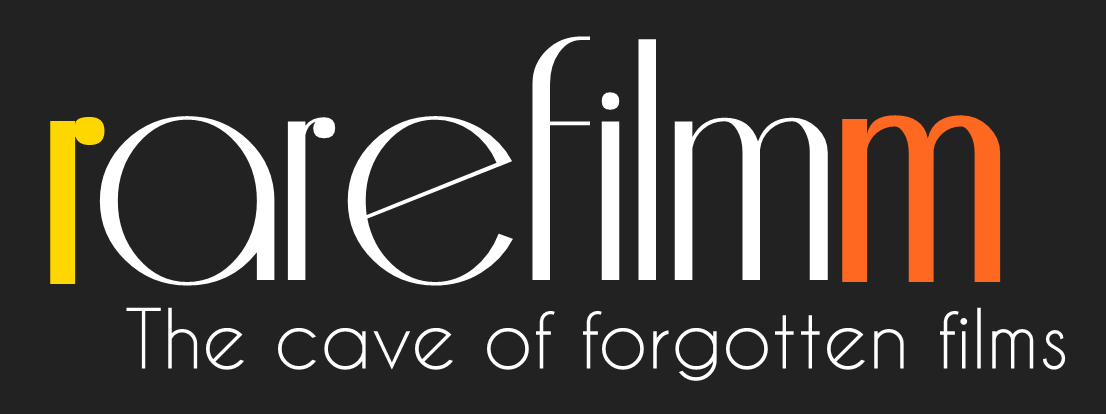Once Upon a Time was filmed entirely in different spaces in and around John Berger’s house in the Haute Savoie in France. It’s a moving and unusual meditation on our experience of time, as revealed through a careful selection of contrasting and thought-provoking time-centred ‘stories’, both old and new. And whether written by himself or others, all were read by John and beautifully edited, using only the filmed images of things found inside the house in books or on the walls, or outside in the surrounding countryside and nearest town.
Tag: 1980s
A little bumblebee is tired of her daily routine and the other boring bumblebees. She needs an adventure! She flies to the place of her dreams and meets a frog who is also seeking something new. Despite their differences, the two animals become friends and start their adventure together.
Based on Kimio Yanagisawa’s popular manga, Shinj Sômai’s directorial debut perfectly evokes the pain and joy of adolescence in its depiction of a high school boy and girl who end up sharing a house after a real estate agent’s mistake. Several techniques that came to characterize Sômai’s approach to direction, such as long takes and long shots, are already abundantly evident in this film.
Kumi lives a hippie-like life in Tokyo’s outskirts. One night while drunk she stumbles into an abandoned industrial site, except in addition to deserted factories, it is full of forests and greenery. She decides to move there, even further away from the civilization she had already left.
The film is divided into several sections, dedicated to various aspects and ways of life, love, tenderness, and sensuality. The documentary is a summary of more than 9 hours of interviews with a mother, a child, a transsexual, a transvestite and a prostitute. Each of them explains in their own words their way of seeing life.
This film of constructivist composition, shot in Moscow in 1987 depicts a series of maps of tramway electrical wire networks framed by the sky, shot from below. Sometimes the top of a tram slides along the frame. The distances between the electrical cables across from the video camera introduce subtle contrasting variations between the black lines that streak the neutral field, reducing the city to a geometric and dynamic construction.
This fictional biography of Sigmund Freud features the pioneering Austrian psychoanalyst’s days as a young man. Squeamish at the sight of blood, Freud opts out of medical school, and eventually develops his theories of psychoanalysis, even finding an “ultimate patient” to test his innovative ideas on. Later, Freud develops a relationship with nurse Martha Bernays, who is not shy about her feelings for the renowned thinker.
Jia-Li’s husband has disappeared. A clue at a beach suggests that he was drowned but no body was found. The film focusses not on the search for the husband, but on the reunion of Jia-Li and her brother’s ex-girlfriend, a successful pianist. The two women share insights on life and memories of growing up, and the struggle they face accepting or defying traditions in their romance and marriage. The film’s deliberation on changes in Taiwanese society and family, its mood of contemplation and reflection, went well beyond the melancholic tone of traditional Taiwanese films about women.

 For any questions or requests you can always find me at rarefilmm@gmail.com. Stay tuned for those new movies! Thank you once again for all the love and support and thanks a lot to everyone who keeps spreading the word about the site, the rarefilmm community is truly amazing, I'm very grateful for all your love and support
For any questions or requests you can always find me at rarefilmm@gmail.com. Stay tuned for those new movies! Thank you once again for all the love and support and thanks a lot to everyone who keeps spreading the word about the site, the rarefilmm community is truly amazing, I'm very grateful for all your love and support 
